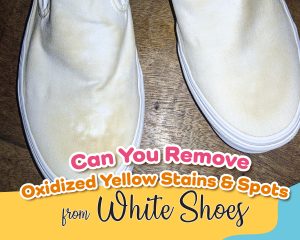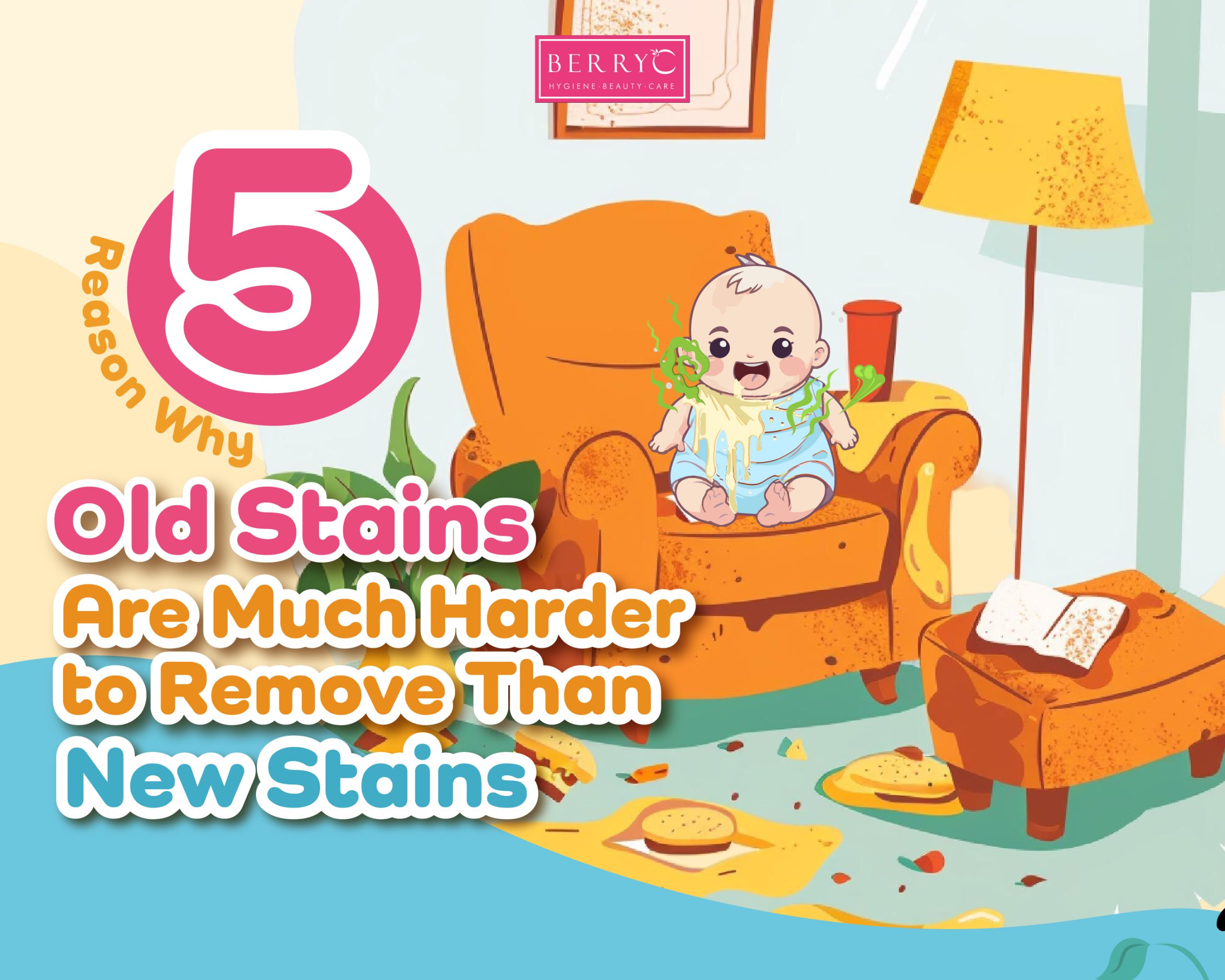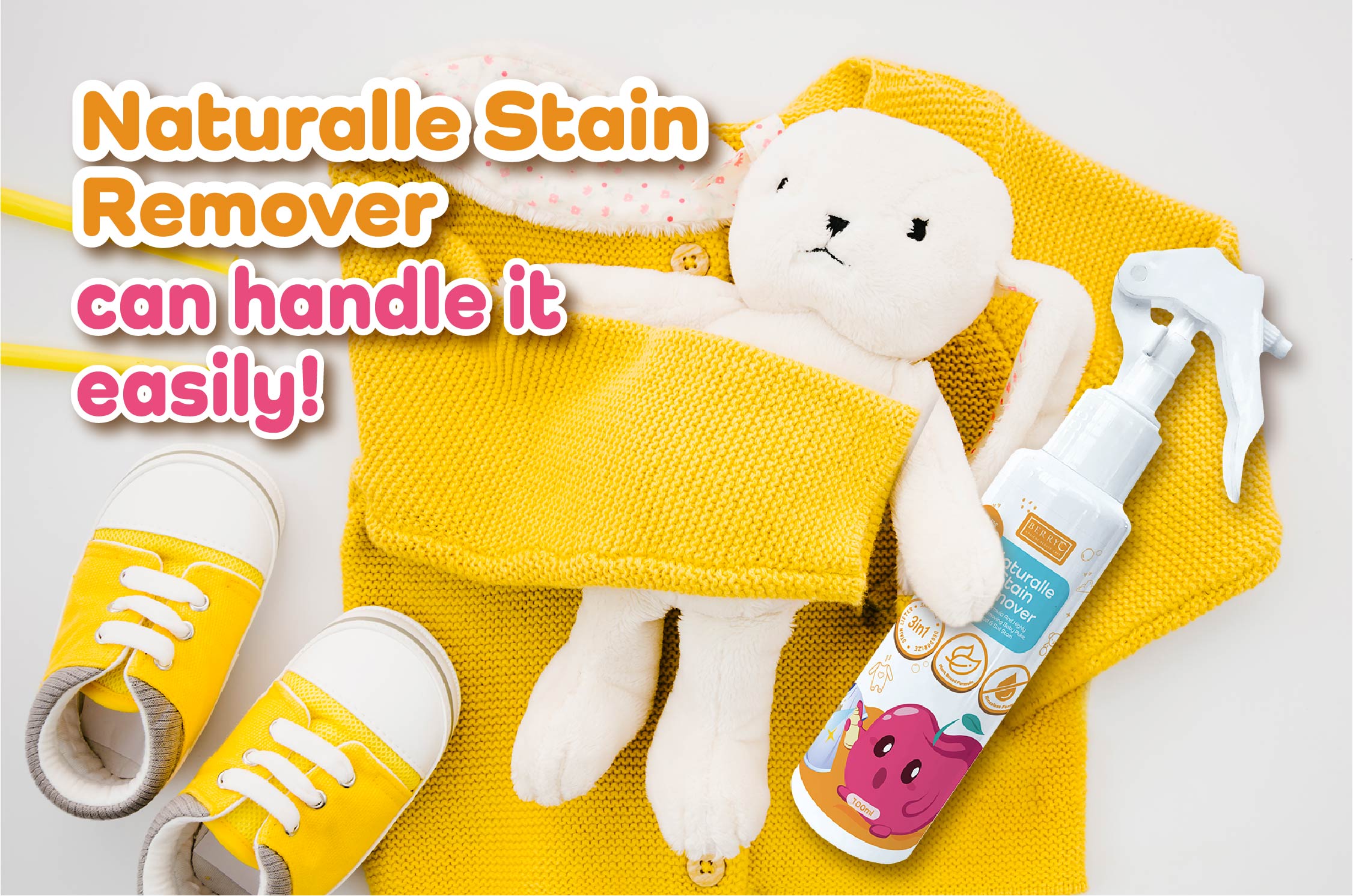

Stains are an inevitable part of life, especially in a bustling household. From accidental spills to everyday messes, stains can quickly become a persistent problem. However, you might notice that removing old stains is significantly more challenging than dealing with fresh ones. Here’s why old stains are tougher to tackle, explained in simple terms with relatable scenarios.
1. Stains Set Into the Fabric Over Time
When a stain is left untreated, it has more time to seep deeper into the fibers of the fabric.
Scenario: Imagine spilling coffee on your favourite white shirt. If you act immediately, you can blot it out easily. However, if the stain sits for days, it penetrates deeper, making it difficult to remove.
Reason: Over time, the stain bonds more firmly with the fabric, creating a deeper and more stubborn mark.
2. Chemical Changes in the Stain
Old stains undergo chemical changes that make them more resilient to cleaning agents.
Scenario: Think of sweat stains on a pillowcase. Fresh sweat can be washed out relatively easily, but as it ages, it turns yellow and becomes much harder to clean.
Reason: Exposure to air and other elements causes the stain to oxidize, altering its chemical composition and making it harder to break down with regular cleaning methods.
3. Absorption of Dirt and Debris
Old stains attract and absorb more dirt and debris over time, compounding the problem.
Scenario: Consider a urine stain on a fabric sofa. A fresh stain can be blotted and cleaned relatively effectively. However, if left untreated, the area will attract dust and dirt, embedding these particles into the fabric along with the original stain.
Reason: The longer a stain remains, the more dirt and debris it collects, making the cleaning process more complex and demanding.
4. Drying and Hardening of Stains
As stains age, they dry out and harden, making them less responsive to cleaning solutions.
Scenario: Think of a tomato sauce spill on your dining chair cushion. If wiped up immediately, it’s manageable. But if allowed to dry, it becomes crusty and much harder to remove.
Reason: Once a stain dries, it hardens and adheres more strongly to the fabric fibers, requiring more effort and stronger cleaning agents to remove.
5. Stains Can Become Part of the Fabric
In some cases, stains can almost become part of the fabric itself, blending in over time.
Scenario: Consider an old grease stain on a kitchen towel. Fresh grease can be washed out with dish soap, but an old grease stain may remain visible despite multiple washes.
Reason: The grease seeps into the fabric fibers and, over time, becomes embedded, making it appear as though it’s a part of the material itself.
Conclusion
Old stains are a common issue in many households, and understanding why they are tougher to remove can help in tackling them more effectively. Whether it’s sweat stains on clothes, marks on pillowcases, or urine stains on fabric sofas, the key is to address stains as quickly as possible. The longer a stain sits, the more challenging it becomes to remove due to deeper penetration, chemical changes, dirt absorption, drying, and hardening.
To prevent stains from becoming a permanent problem, it’s essential to act promptly and use appropriate cleaning methods. For persistent and tough stains, consider specialized products like BerryC Naturalle Stain Remover, designed to handle even the most stubborn marks.

For more cleaning tips and to explore our range of stain removal products, visit BerryC Naturalle Stain Remover Page.

🍃 Patented Natural Ingredients
🏆 Baby Talk MamaPapa Award Winner
🧪 C12 Nature Blend
💯 Halal & GMP Certified Manufacturer
- TEVO Creations Sdn. Bhd. ( 1100424-K ) No. 2, Lorong Beringin 1, Taman Industri Beringin, 14100 Simpang Ampat, Pulau Pinang, Malaysia
- Customer Service: 6018 9888 070
USEFUL INFORMATION
HELP & SUPPORT


© 2024 Tevo Creations Sdn. Bhd.(1100424-K) All Rights Reserved.


